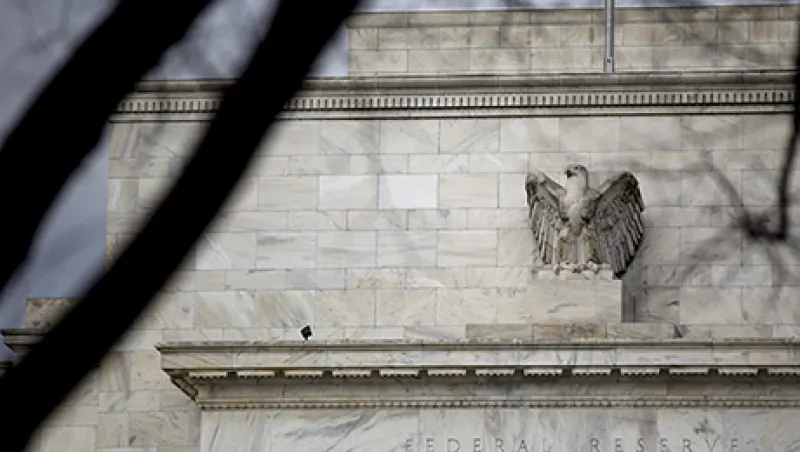December’s employment report reinforced the continuing trend of strong job creation. Growth in wages and earnings was anemic, though, reversing most of the gains from the previous month. More important, recent consumer price inflation data came in well below the Federal Reserve’s 2 percent objective. Indeed, headline CPI was actually negative. The National Football League is not the only august organization grappling with unwanted deflation these days!
At its meeting this week, the Federal Open Market Committee offered few clues about whether it will begin hiking rates around the middle of this year, which had been the consensus until recently. So what should investors keep in mind in assessing the outlook?
The most recent inflation data bolster confidence in our long-standing view that there will be no interest rate increase from the FOMC before December 2015. There are two main reasons for this: exceptionally weak price inflation and asymmetric risk around the timing of rate increases.
December’s headline deflation number was not an aberration. Price inflation will struggle to remain positive in the U.S. through the summer. This will cause the FOMC to delay its initial rate hike well past its stated mid-2015 preference. There are already signs that lower energy prices are seeping into core prices, which the Fed considers more indicative of underlying price trends. December’s core CPI number was flat, or disinflationary.
With economic growth prospects weakening abroad, the U.S. economy is highly reliant on domestic sources of growth. FOMC members are acutely aware of the asymmetry of risk around the timing of rate hikes. That is, the cost of raising rates too soon — and stifling a domestic-focused, consumer-driven economic recovery — is viewed as considerably higher than the cost of raising rates too late (inflation running above the Fed’s target for some time). Given this view of risk, the FOMC will not be keen to raise rates soon, especially in the absence of robust domestic inflation.
The obsession with the timing of rate hikes is distracting investors’ attention from two more substantive elements of policy that will impact yields much more.
First, the pace of eventual rate hikes is at least as important as when they begin. How rapidly the FOMC will tighten once it begins will determine the shape of the yield curve: The greater the pace of perceived tightening, the flatter the yield curve will become. There has been little guidance on this, and previous FOMC minutes seem to indicate that FOMC members would like to provide some. The FOMC issues forecasts for future policy rates quarterly; they are presented graphically and referred to as the “dot plot.” This can serve as a proxy for the expected pace of tightening until more tangible guidance is provided in either the statement or the minutes.
Second, the peak of the coming tightening cycle — the terminal rate — will be a key determinant of long-term yields in the future. A ten-year yield can be (crudely) deconstructed into two components: the average of the expected policy rate over the next ten years and a term premium. As of December, FOMC projections for the path of interest rates show a terminal rate of 3.75 percent. This would be the lowest terminal rate in more than 40 years and implies that ten-year yields will remain below their historical averages for some time. Once again, the dot plots are a rough proxy for the committee’s thinking around the optimal terminal rate.
Shehriyar Antia is the founder and lead strategist at Macro Insight Group, an investment strategy firm based in New York. Previously, he worked on quantitative easing programs and monetary policy as a senior market analyst at the Federal Reserve Bank of New York.
Get more on macro.






